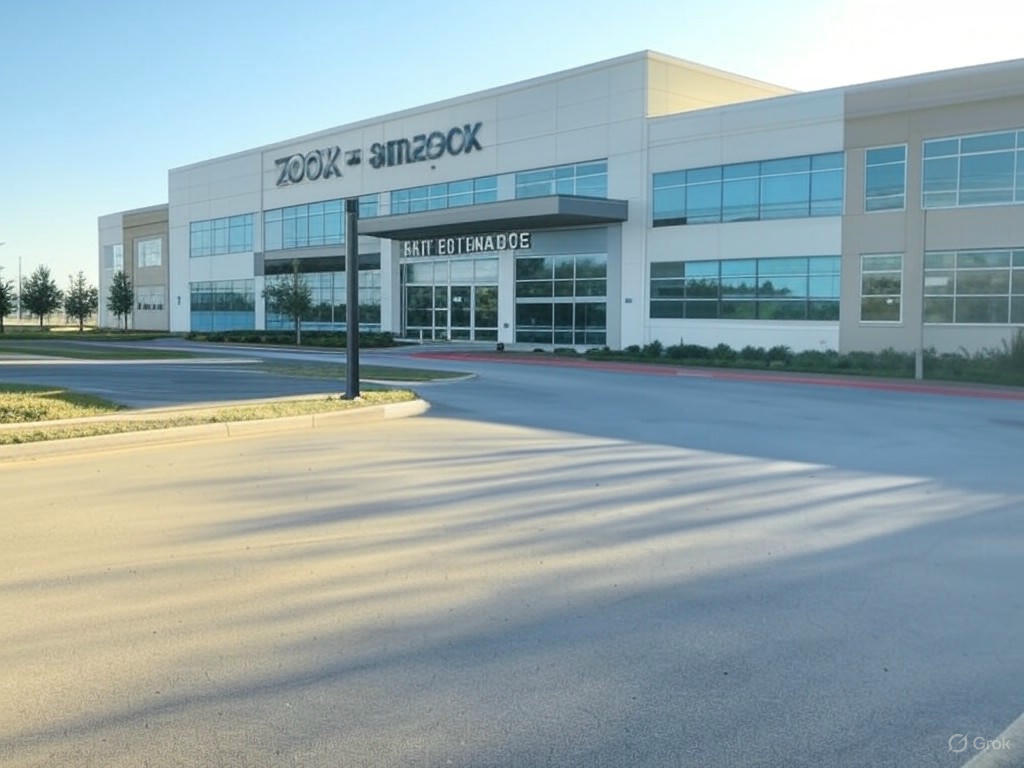In a groundbreaking move for the autonomous vehicle industry, Zoox, a subsidiary of Amazon, has inaugurated its first large-scale production facility dedicated to robotaxis. This state-of-the-art plant, unveiled in mid-2025, marks a significant milestone in the company’s mission to redefine urban mobility with driverless technology. Located in a strategic industrial hub, the facility is poised to become a cornerstone of innovation, setting the stage for a future where self-driving taxis dominate city streets.
The new factory is designed with cutting-edge automation and advanced manufacturing processes, enabling Zoox to scale production to unprecedented levels. According to company statements, the plant has the capacity to produce thousands of robotaxis annually, with projections estimating an output of up to 10,000 units per year once fully operational. This ambitious target underscores Zoox’s commitment to meeting the growing demand for sustainable and efficient transportation solutions. Unlike traditional vehicles, Zoox’s robotaxis are purpose-built for autonomy, featuring a unique, boxy design with bidirectional capabilities and no steering wheel, prioritizing passenger comfort and safety.
This development comes at a critical time as cities worldwide grapple with traffic congestion, pollution, and the need for greener alternatives. Zoox’s vision aligns with these challenges, aiming to reduce reliance on personal car ownership while offering a seamless ride-hailing experience powered by artificial intelligence. The company’s integration of Amazon’s technological prowess and logistics expertise has likely played a pivotal role in accelerating the factory’s rollout, positioning Zoox as a frontrunner in the competitive autonomous vehicle market. Industry experts believe this facility could serve as a blueprint for future expansions, potentially paving the way for additional plants in other regions.
Beyond production, the factory is expected to create hundreds of jobs, from engineering roles to assembly line positions, boosting the local economy and fostering innovation in the tech sector. Zoox has also emphasized its commitment to sustainability, incorporating eco-friendly practices into the manufacturing process, such as energy-efficient systems and waste reduction initiatives. This aligns with broader industry trends where companies are under increasing pressure to balance profitability with environmental responsibility.
As Zoox ramps up production, the implications for the transportation landscape are profound. The successful deployment of robotaxis could disrupt traditional ride-sharing models and even challenge public transit systems, offering a glimpse into a future where autonomous fleets are the norm. However, hurdles remain, including regulatory approvals and public acceptance of driverless technology. Zoox’s ability to navigate these challenges will be crucial to its long-term success.
With this new facility, Zoox is not just building vehicles; it’s crafting a vision of tomorrow’s cities. As production scales and robotaxis hit the streets, the world watches eagerly to see if this bold venture will drive the next era of mobility or face unforeseen roadblocks. One thing is certain: Zoox’s latest step is a giant leap toward an autonomous future.
